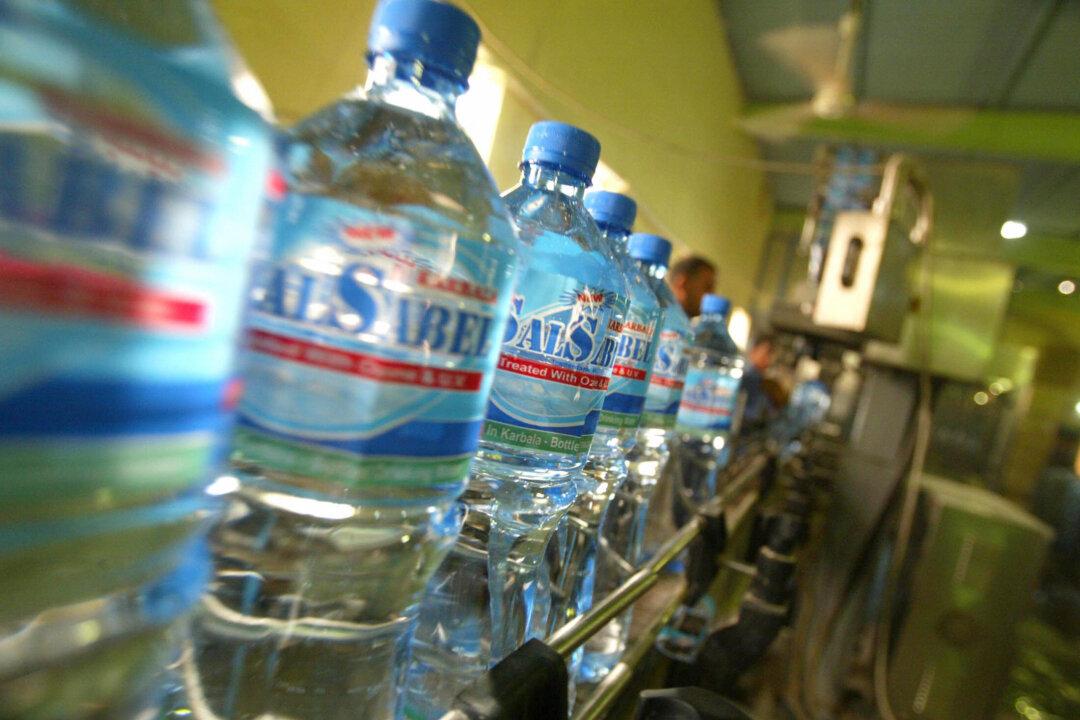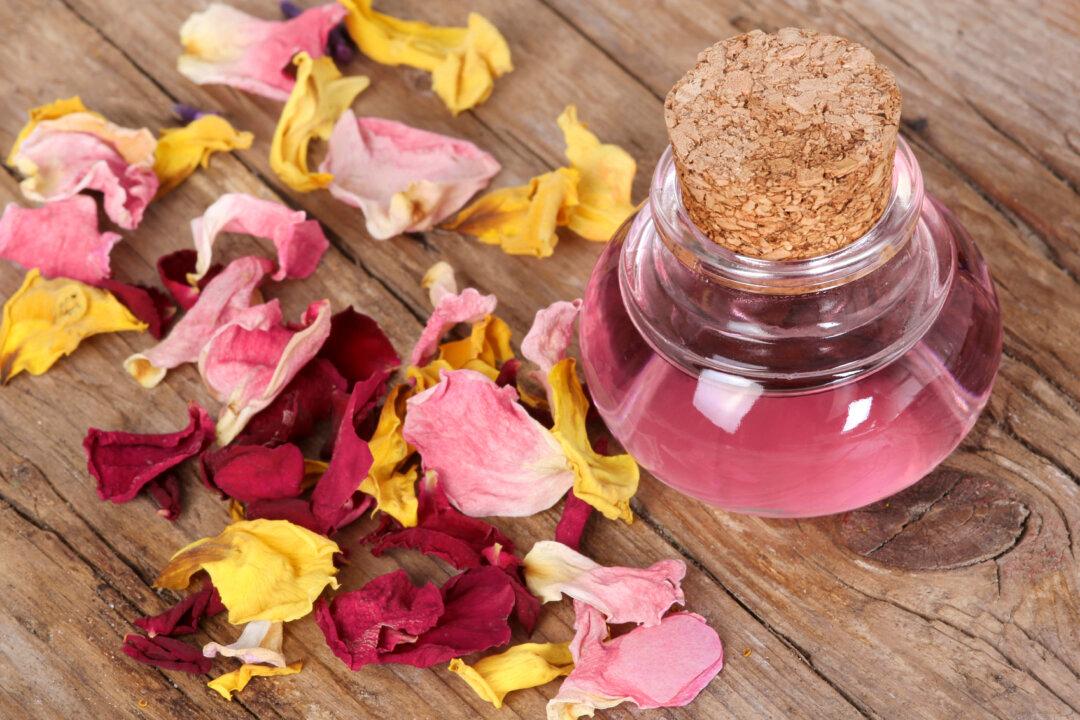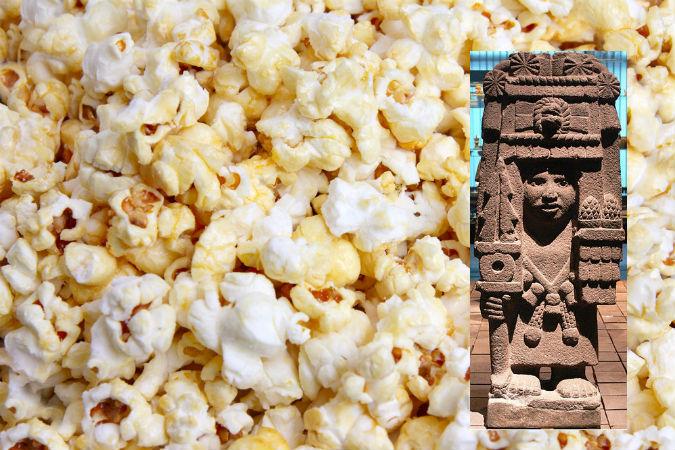More than 90 percent of people have plastic in their blood, according to Webmd, a phenomenon now linked with heart disease, obesity, infertility, miscarriages, and subtle genital deformations in baby boys.
Chemicals used to make plastics more flexible and endurable, known as phthalates can enter the body through contact. Bisphenol-A (BPA), used in protective epoxy resin coatings on canned food, water bottles, and other such products, can also enter the body.
They can disrupt the body’s endocrine system and have negative developmental, reproductive, neurological, and immune effects, according to the National Institute of Environmental Health Sciences.
Here are some tips on how to make small and effective lifestyle changes to live with less plastic:
1. Watch for these ingredients
Keep an eye out for the following plastics and avoid them—you can keep a list in your phone for easy access when reading labels: DBP (di-n-butyl phthalate) and DEP (diethyl phthalate), DEHP (di-(2-ethylhexyl) phthalate or Bis (2-ethylhexyl) phthalate), BzBP (benzylbutyl phthalate), DMP (dimethyl phthalate), and recycling codes 3 and 7.
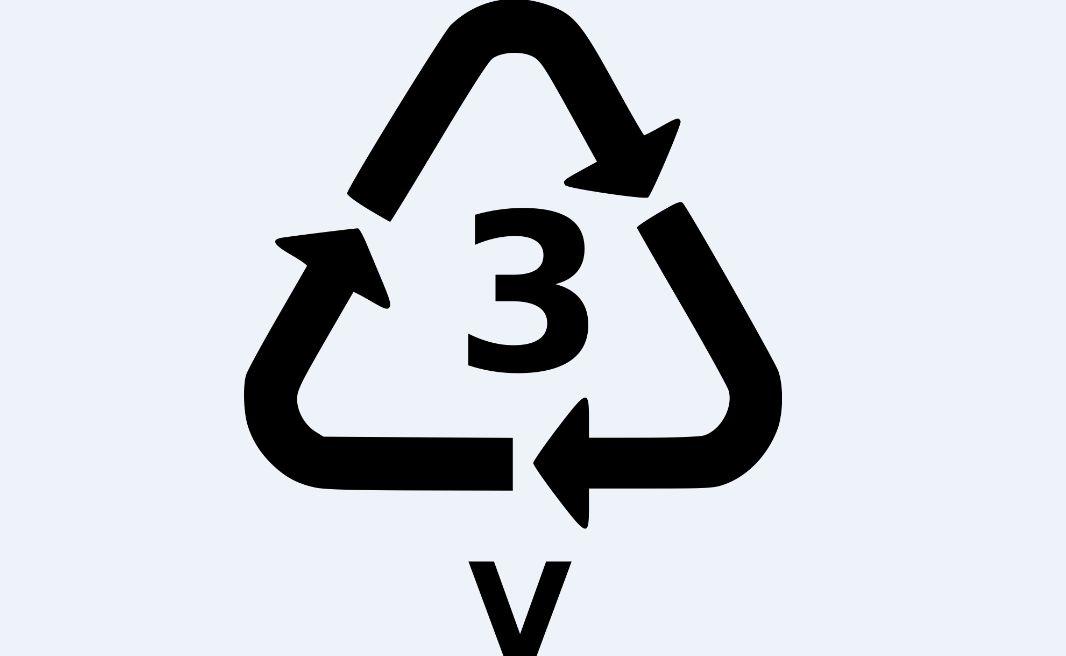
Recycling code 3. (Wikimedia Commons)
2. Use the beat the micro-bead app
On October 1, Apple launched its “Beat the microbead“ app to detect plastic in shampoo, soap, make-up, perfume, facial products, etc. Users can scan barcodes to see if products contain plastic microbeads. For example, some cosmetic products have microbeads in them—plastics invisible to the human eye.
The app rates the product by color. Green is safe; orange means the producer has promised betterment; red is a no-go for people wishing to avoid microbeads.
The app was originally made for the European market by an international group of environmental agencies, including the 5gyres institute.
3. Give up chewing gum
All chewing gum contains plastic.
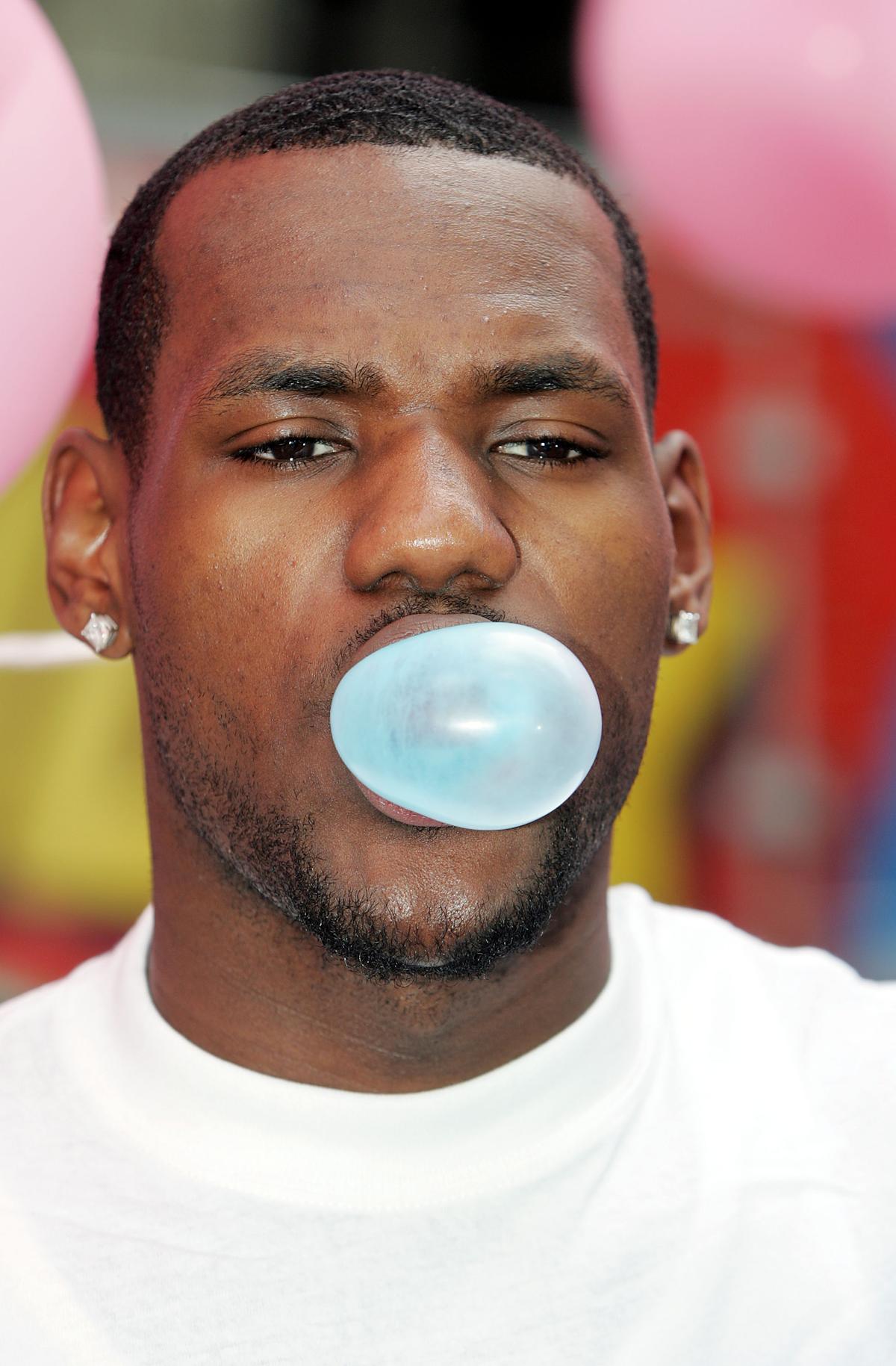
Basketball star LeBron James blows bubbles, file photo. (Scott Gries/Getty Images)
4. Don’t overheat your non-stick surfaced pan
If you heat it empty, it can reach over 500 degrees easily at which point the chemicals are freed. A singing bird will die breathing these kinds of baking fumes.
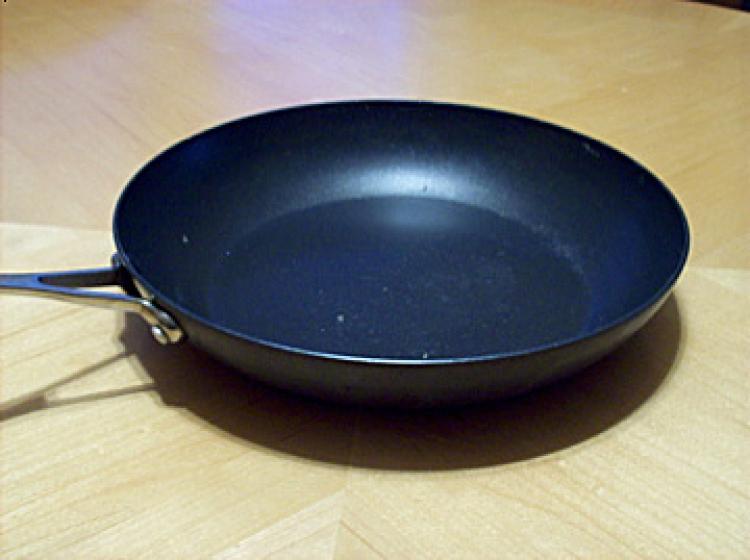
A. Darin/Epoch Times
5. Get Cheese Without the Wrapping
Cheese is mostly plastic-wrapped. But you can find a whole wheel of cheese at a farmers’ market and keep it airtight in steel or glass containers or a paper or cloth wrapping in the fridge. You can also rub the cut side with olive oil to prevent it from dehydrating. If mold forms, it feeds on the oil and not the cheese, so you can just rinse it and enjoy your cheese much longer.
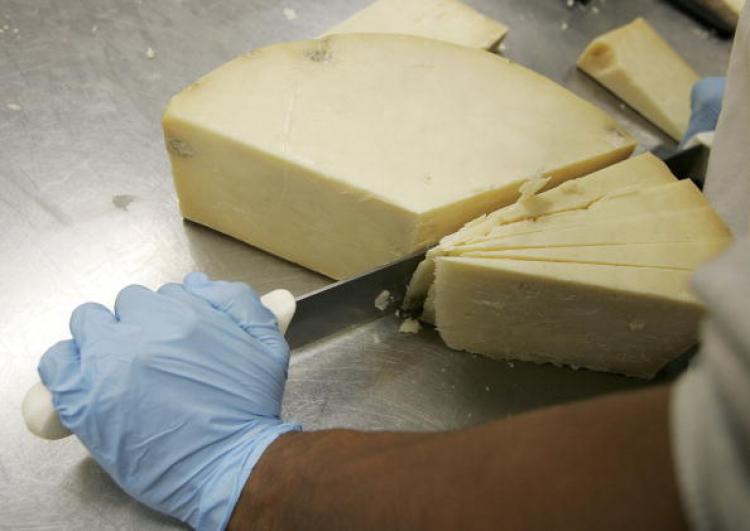
(Justin Sullivan/Getty Images)
6. Cloth Wrapping
Instead of using sticky tape for gift wrapping, try furoshiki cloth wrapping techniques.
7. Avoid plastic wrappers
Make your own snacks and condiments as a way to help avoid plastic-wrapped goods--try, for example, making your own muesli bars, yogurt, ketchup, and mayonnaise.
8. Buy a real Christmas tree
Or, buy a cardboard, wood, or glass one instead of a toxic PVC artificial kind.
9. Use melted glass baby bottles
If you use plastic bottles, do not heat them. Heating may cause plastics and other chemicals contained in the bottle to “leach” or “migrate” into the milk.
10. Don’t use plastic covers or containers in the microwave
Use ceramics or paper towels instead.
11. Make Your Own Reusable Bag
Keep bags made of natural material like canvas totes handy in your car or bicycle basket, and don’t forget to bring them with you when you buy food, clothing, and other products. Or, get creative and make your own bags. One T-shirt is all it takes for 5 bags.
A creative way to make your own bags:
12. Avoid Fabrics Containing Plastic
Avoid clothing made from polyester, acrylic, lycra, spandex, and nylon. These materials contain plastic.
13. Drink from reusable stainless steel mugs or ceramic mugs
Children can take drinks to school in Klean Kanteen sports bottles for kids or similar non-toxic alternatives to standard fruit juice containers or other BPA plastic containers.
14. Do Away With Bread Bags
Buy unsliced bread or bake it yourself at home and keep it in an airtight bin.
15. Use (natural) bar soap instead of liquid soaps
Soaps may contain plastic microbeads. You can use natural bar soap instead, using it as shaving cream as well.
16. Shampoo without plastic
Instead of using shampoo out of bottles, use baking soda and water to clean and apple cider vinegar to rinse (Or buy natural shampoo bars).
17. Deodorant without plastic
Use baking soda with a bit of oil as a deodorant. It works.
18. Use glass or Pyrex food containers
Avoid plastic containers.
19. Plastic-free cleaners
Clean your house with vinegar, water, baking soda and natural scrubbers instead of using plastic packaged chemical detergents.
20. Use durable cloth sanitary napkins
You can get them online in colorful prints and all kinds of shapes and sizes.
Photo via Shutterstock
